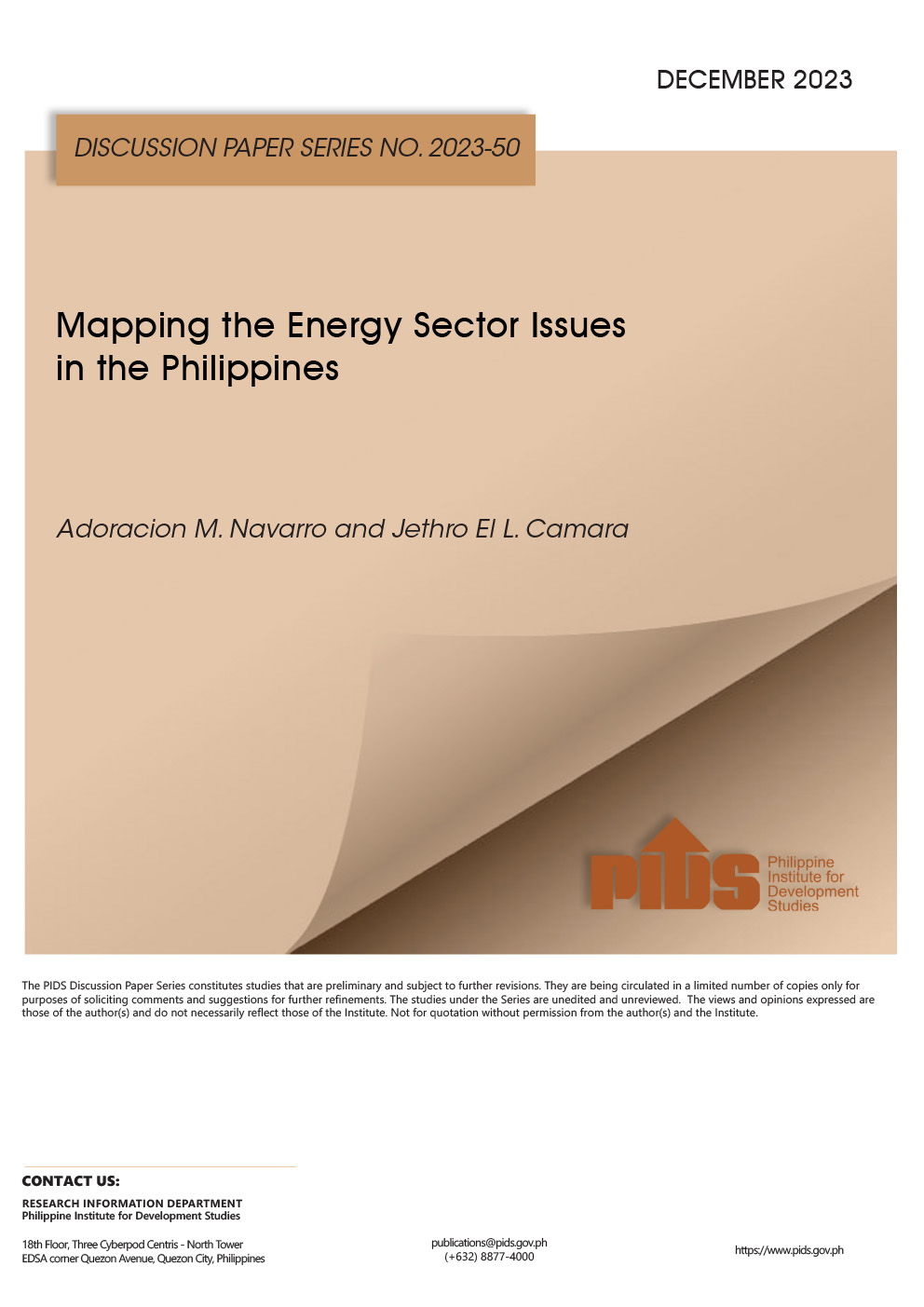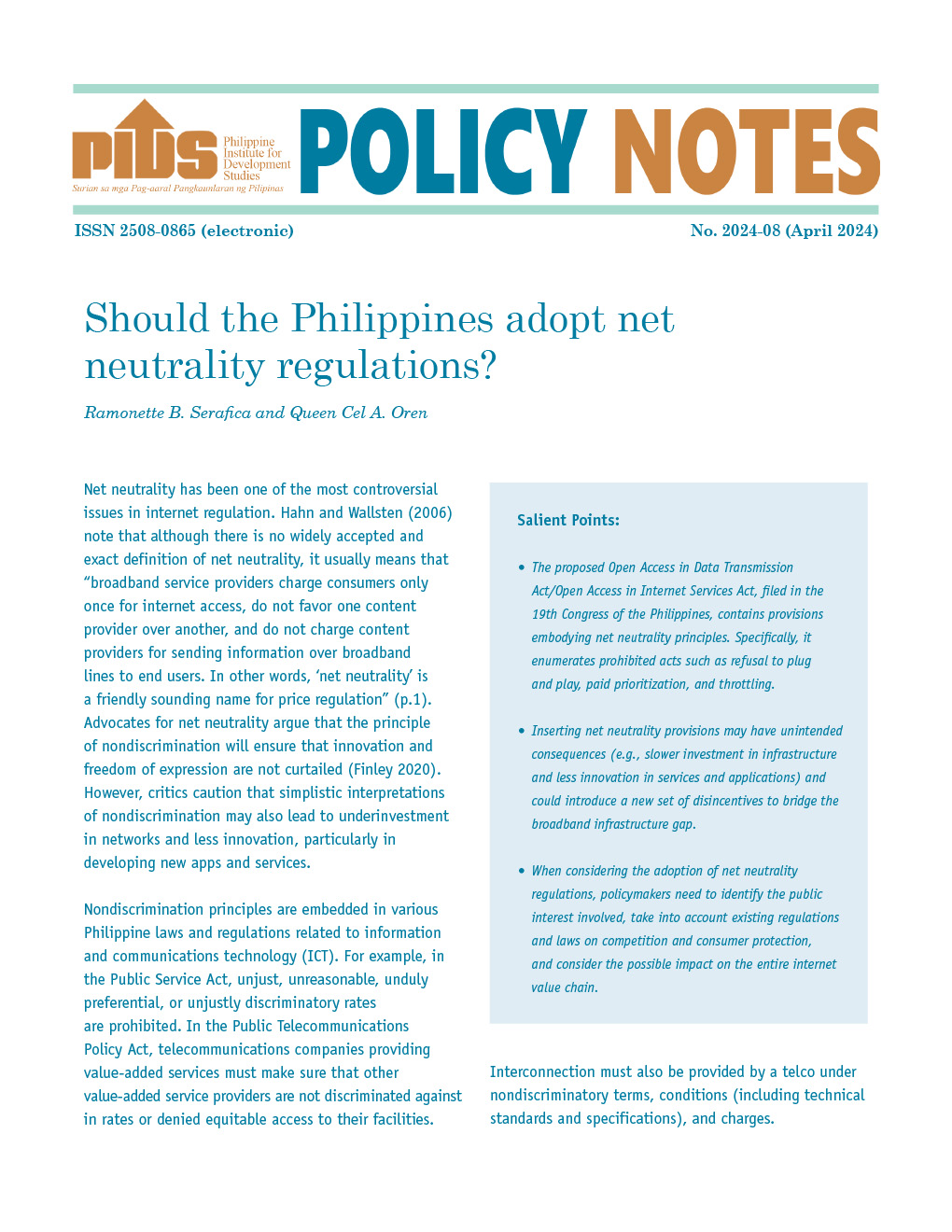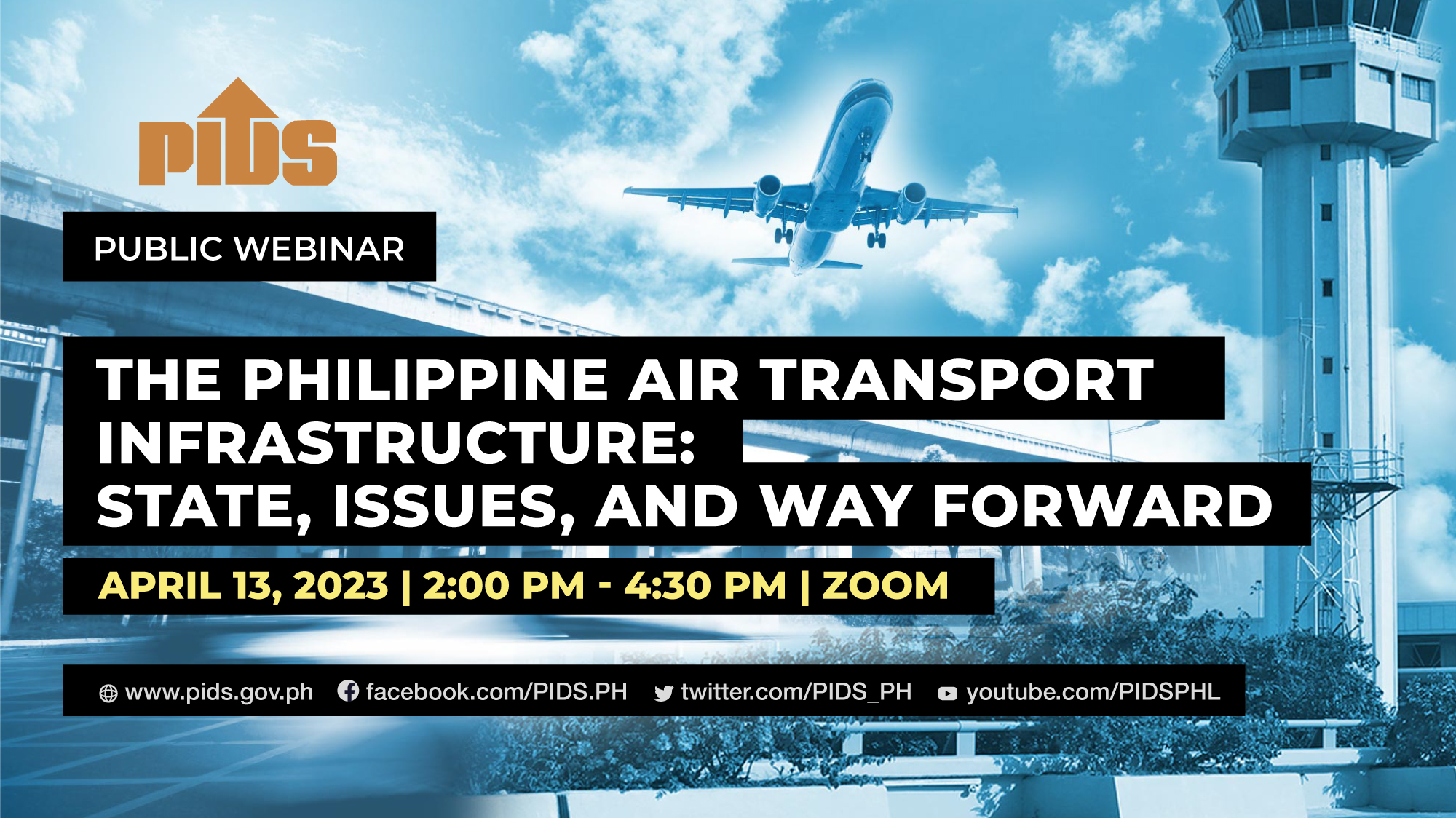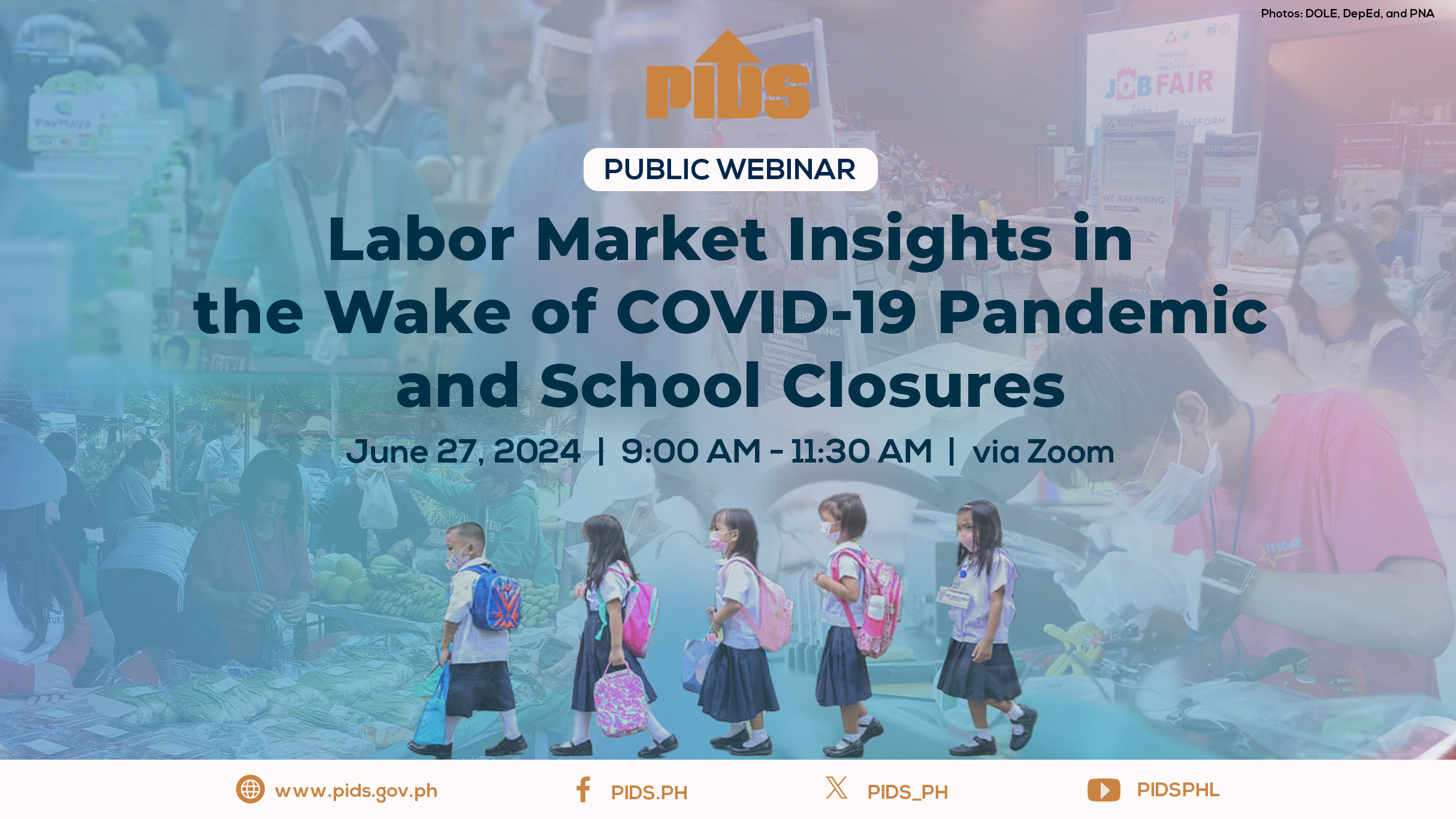“Cities could not even exist without infrastructure. Life is endowed with more possibilities by infrastructure,” reads a line from the introduction of Michael Neuman’s 2020 article on sustainable cities. “Yet as cities explode in size and population, their infrastructures tend not to keep pace with urban needs and human desires, resulting in inadequate service, illness, disease, pollution, poverty, and so on.”
In 2017, during his second State of the Nation Address (SONA), President Rodrigo Duterte unveiled the centerpiece economic program of his administration. “We’re going to Build, Build, Build,” he declared to Congress. The ambitious Build Build Build (BBB) is an ₱8.4 trillion program that would usher in “the golden age of infrastructure” for the Philippines. It would address years of chronic underspending and finally go through decades-long backlog of much needed public infrastructure.
And to a certain extent, it did. From 2000 to 2015, the average infrastructure spending hovered at around two percent. The Duterte administration has consistently touted having doubled this average, even once almost tripling it in 2017 when infrastructure spending rose to 6.27% of GDP. This was retained in 2020, even after public funds were realigned for the pandemic response and lockdowns hampered construction. The Department of Budget and Management reported spending ₱681.1 billion for infrastructure, which was still a fairly high number accounting for 4.8% of the country’s GDP.
But to look at spending and spending alone is only one part of something as complex as public infrastructure. The BBB project is often distinguished for its hefty budget but it’s also important to examine it for its scope. Of the 104 infrastructure projects (IFPs) in the revised list of BBB in 2020, more than 74% of them are allocated for transport and mobility and 53 of these projects are all located in Luzon. By June 2021, the list now has 119 projects and the government has that 40 of those will be done by 2022. While these are aligned with the priorities outlined in the Philippine Development Plan, several questions emerge: Who benefits the most from these projects? What are the gaps in our planned infrastructure? How do we move forward from here?
I. Who benefits the most from these projects?
The Philippines’ ailing transport sector has always been seen as a “binding constraint” to our economic growth. Pre-pandemic, Metro Manila was practically gridlocked by traffic. In 2019, the average Manila commuter lost 10 days and 17 hours travelling in rush hour. A study conducted by the Japan International Cooperation Agency (JICA) found that we were losing ₱3.5 billion a day to traffic congestion, and if unaddressed, this figure could reach up to ₱5.4 billion by 2035.
“When assessing BBB, we need to remember that the Philippines had — and continues to have — critical problems with its existing stock of infrastructure,” says Development Economist Jerik Cruz, faculty member of the economics program at Ateneo. “Problems with 'carmaggedon' and traffic, for instance, were among the unresolved issues at the end of the PNoy administration that propelled Rodrigo Duterte to the presidency in 2016.”
Which is why many of BBB’s flagship projects were aimed at decongesting road traffic and increasing connectivity between cities and rural areas. Raya Buensuceso, senior consultant at Polestrom, a boutique consulting firm for infrastructure projects in the Philippines and emerging markets, believes that one great thing that BBB has accomplished was to finally place infrastructure at the forefront of national agenda, something that has long been overdue.
“I'd like to think that once realized, key projects will eventually lead to tremendous benefits for our cities and communities in the form of enhanced mobility and greater productivity,” Buensuceso says, citing projects like North-South Commuter Railway Project, the Mega Manila Subway, the Subic-Clark Railway, and the Cebu and Manila BRT lines.
In Duterte’s final SONA last July, he highlighted the MRT-3 Rehabilitation Project, the LRT-2 East Extension project, Skyway Stage 3, and the new Kalayaan Bridge. “We have taken away the misery of public commuting,” Duterte said in his address.
But infrastructure can and should work harder. Urbanist Jean Palma, with a background in International Planning and Sustainable Development, believes that infrastructure projects can deliver more than just connectivity. “I think too much has been allocated for car-centric, concrete infrastructure, a city can have and should have so much more than that,” Palma says.
Infrastructure should also support the needs of the population in a more holistic sense. She posits looking at public life data on top of road capacity when assessing projects. Metrics such as “trips made per pedestrian mode, gendered data (e.g., women with strollers, young girls), or demographic-specific data (e.g., elderly using the MRT stations)” can greatly enrich infrastructure projects at the planning stage.
Connectivity and the protection of our green spaces are not mutually exclusive, but the latter is often overlooked in the planning stage in favor of speeding up productivity — an action which can have dire consequences. Consider the Coron-Culion Inter-Island Bridge project in Palawan, a project that broke ground before considering all stakeholders.
The ₱4.2 billion bridge would have connected Barangay Bintuan, in mainland Coron to Marily Island in Barangay Jardin, Culion with the hope of supporting tourism in the former leper colony, known also as the Island of No Return. The Department of Public Works and Highways (DPWH) broke ground on the project last March 6, 2021.
But a few days later on March 9, a petition against the project was launched by concerned citizens and local divers, saying that the bridge was within five kilometers of seven of the top underwater attractions and World War II historical sites in Coron and Culion. These include the Lusong Coral Garden, Lusong Gunboat Shipwreck, and the Irako Shipwreck. “Heavy sedimentation, dredging and making roads connecting islands to mainlands will kill nearby reefs and damage shipwrecks which are popular destinations for tourists!” reads the petition.
“Rhetoric that attempts to attribute projects to previous administrations can be extremely damaging and unhelpful, because we should actually be welcoming projects and legislation that transcend administrations and party lines.”
According to a report by Business Mirror, the DPWH has since suspended the project, having found it deficient in the necessary environmental permits and consultations required by law. DPWH Officer-in-Charge for Region 4B Yolanda Tangco, who had only transferred to the region in 2019, admitted to being unaware of how the project was planned or conceived. It was only after the project was officially halted did they order a feasibility study on the project as well as an environmental impact assessment.
It is important to integrate all of these interests from the very beginning, says Palma. Rushing to start landmark infrastructure projects without proper consultation is not only damaging but can have major implications on the communities they overlook. “Projects such as the Bulacan Airport, Kaliwa Dam, and the many roadways, all have impacts on marginalised groups, such as displacement, or environmental degradation,” says Palma.
II. What are the gaps in our planned infrastructure?
Another drastic review of BBB came about during the onset of the COVID-19 pandemic. It brought to light many of the crucial gaps in our infrastructure, most especially in our social and digital infrastructure. Early August last year, Presidential Adviser for Flagship Projects Vince Dizon announced the addition of 13 new projects to BBB. The goal of these projects was to immediately address the problems brought about by the pandemic.
Eight projects were dropped, including the Bataan-Cavite Interlink Bridge and the New Zamboanga International Airport, to make way for projects that would be necessary in the ‘new normal’. These included five water projects; four projects in information and communication technology (ICT) such as the National Broadband Program; three transportation projects, and one health project: the Virology Science and Technology Institute of the Philippines.
For Cruz, a review and redesign of BBB — and of our infrastructure priorities in general — was completely necessary. “As we have seen up to 2021, COVID-19 is not simply a one-year blip, but risks becoming an endemic virus that will remain with us for several years. And as the rise of the delta virus strain shows, [COVID-19] continues to mutate in ways that could flout current vaccination efforts,” Cruz says.
He believes that any planned infrastructure ought to help build a community’s resilience to the pandemic. These include crucial investments in “social infrastructure, digital infrastructure, inclusive mobility transport infrastructure (e.g. cycling, pedestrian walkways, and BRTs).” Cruz also believes that rural development infrastructure ought to take precedence over infrastructure types whose economic viability will be undermined by the persistence of the pandemic, such as railways, airports, tourism projects, and mega-bridge projects.
“While continued investment in transport infrastructure remains critical, the pandemic has made closing these social and digital infrastructure deficits a national priority, which should be reflected in the portfolio of BBB flagship projects,” says Cruz. “Investments in rural infrastructure have also been long neglected.” These are just some of the suggestions Cruz wrote in a Working Paper he co-wrote entitled “Overhauling Land Transportation in the New Normal and Beyond.”
According to a January 2021 report released by the Philippine Institute for Development Studies (PIDS) reviewing the implications of BBB, it was found that the latest list of projects address the needs in ICT, transport and mobility, water resources, and power and energy, but are lacking in social infrastructure (e.g., school buildings and health facilities), and technology adoption and innovation.
For urbanist and architect Leandro Poco, another crucial gap that shouldn’t be ignored are the people who plan, implement, and maintain our infrastructure. “As much as political will and financing are seen as our historical weakness in bringing grand plans and projects to fruition, we are also seeing that there are other challenges apart from deciding on a vision or idea for a project,” citing the Philippines’ “brain-drain,” or how our country’s top talents choose to work or migrate abroad.
In the 2019 Global Talent Competitiveness Index Report, the Philippines ranked 58th out of 125 countries with an overall score of 40.94, which made it the highest-ranking country among the 27 lower-middle-income economies. The Philippines had a good score when it came to Global Knowledge Skills (34th), High Level Skills (37th) and growing talent (41st), but it ranked 92nd when it came to actually retaining talent.
“As large as our bureaucracy is… the scale and breadth of these new infrastructure projects calls for an even larger and more capable base of talent to plan, design and conceptualize these projects to a world-standard,” Poco says. “Even the foreign infrastructure consulting firms doing business here are short of able Filipinos to take on these new projects, what more for the local firms tasked to effectively roll them out or implement them on the ground.”
Just as the Duterte administration enters its legacy phase, touting this administration’s improvements to key infrastructure, both Poco and Buensuceso caution against conversations that dwell too much on who-started-what.
“Rhetoric that attempts to attribute projects to previous administrations can be extremely damaging and unhelpful, because we should actually be welcoming projects and legislation that transcend administrations and party lines,” says Buensuceso.
“The question is whether the next administration actually maintains and operates said infrastructure well, or continues important projects and programs from the previous administration, political alliances notwithstanding,” adds Poco.
III. How do we move forward from here?
The pandemic will have made up 40% of Duterte’s tenure as president by the time he steps down in 2022. From the looks of it, it will continue to be a major consideration for the presidents who succeed him. The COVID-19 pandemic has been nothing short of reckoning for all of us. It brought to light the gaping holes in our country’s infrastructure, revealing also how our cities have often skewed towards a certain class of people and for a certain kind of progress.
Over 11.5 to 12 million Filipinos ply Manila roads every single day and majority of them are commuters. But of this number, a joint study from 2014 by JICA and NEDA found that private vehicles take up 78% of our road space despite only making up one-third of our total transport demand.
When quarantine restrictions shuttered public transportation, many of Manila’s commuting population took to biking. When the Metropolitan Manila Development Authority (MMDA) did a test run on the protected bike lanes on EDSA, the initial count was that there were only 5,000 bike commuters during the Enhanced Community Quarantine. But the MMDA reported last June that there were over 100,000 bike commuters along EDSA, though some biking groups believe that this may be an undercount, citing the limited bike routes where the count took place.
Build it and they will come,” reads a tweet by EDSA Evolution, a group of bike advocates, on the launch of protected bike lanes on EDSA. A survey conducted by the Labor department late last year found that despite poor road conditions and the lack of safety, over 78% of their respondents still chose to bike to work due to the limitations of the pandemic. Majority of the respondents asked for more bike lanes on paved roads, bike paths, and more secured bike parking.
“There’s something in asking ‘for what do cities function?’” says Gisella F. Velasco, an urban planner based in Sydney. “The pandemic should have prompted the public and private sector to rethink what is crucial for cities to function — and that is the people who live in it. At this very moment, the main function of cities and towns is to keep people alive. ”
In a world marred by the COVID-19 pandemic and the implications of the climate crisis on countries like ours, we need to ask: how does the infrastructure of our cities serve the people who live in them? How can they connect and enrich our lives for the better while addressing the problems brought about by the crises of the world today?
Some of the answers may lie in how we plan and govern our infrastructure, regardless of who occupies the highest seat in the land. It requires a new kind of sensitivity and awareness to the lived-realities of the communities infrastructure is meant to serve.
“We need to improve the evidence and data that we use for planning programs, both qualitative and quantitative, [to include data that is] more humane and social as well as [integrating] more green infrastructure,” says Palma. “We need to improve our understanding and capacities for planning, program and project development/management, so that there can be continuity despite changes in administrative directions and politics.”
In a 1973 essay by Austrian French philosopher André Gorz, he describes the paradox of the automobile (cars sell speed, but if everyone owns a car nobody can get anywhere) and cities turned into urban hells caused by traffic. The solution, Gorz says, is to love one’s neighborhood and territory that you’d never need to take cars to leave it. And the only way for this to happen is for our cities to be “made liveable, and not trafficable.”
“Above all, never make transportation an issue by itself. Always connect it to the problem of the city, of the social division of labour, and to the way this compartmentalises the many dimensions of life,” said Gorz. “Work, culture, communication, pleasure, satisfaction of needs, and personal life can and should be one and the same thing: a unified life, sustained by the social fabric of the community.”
How does infrastructure change during a pandemic?












